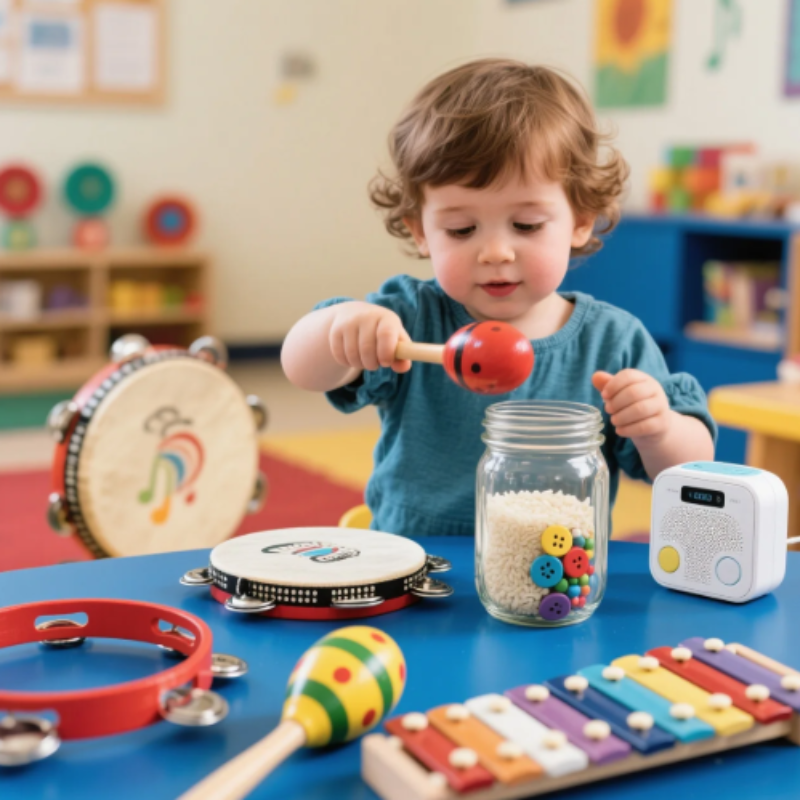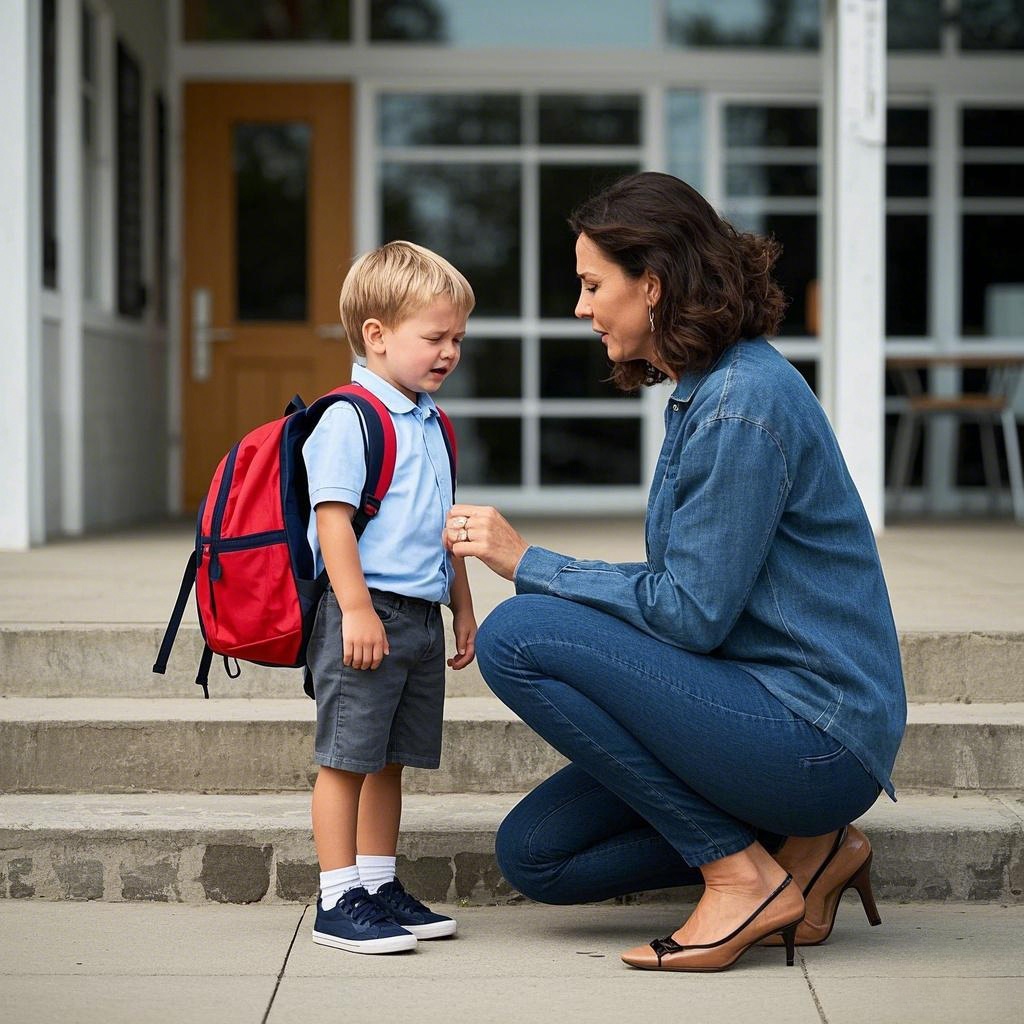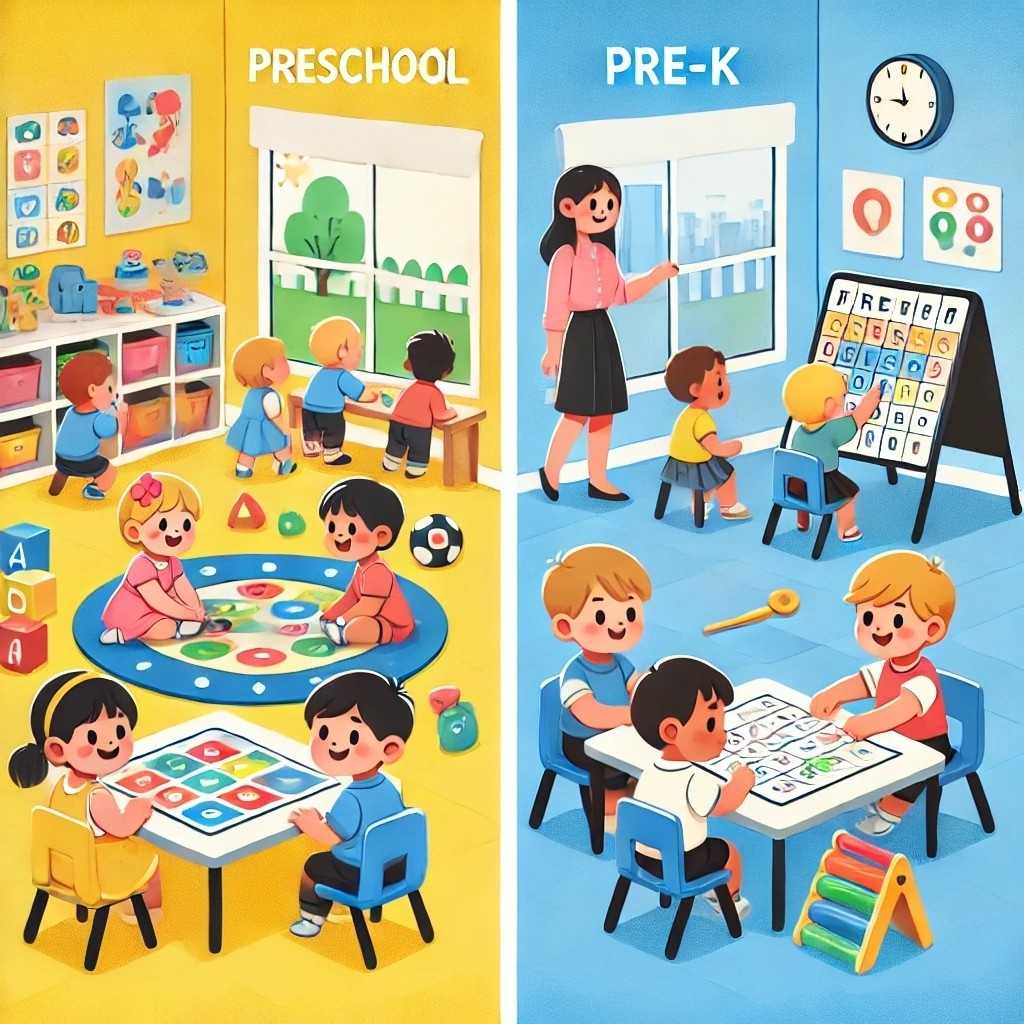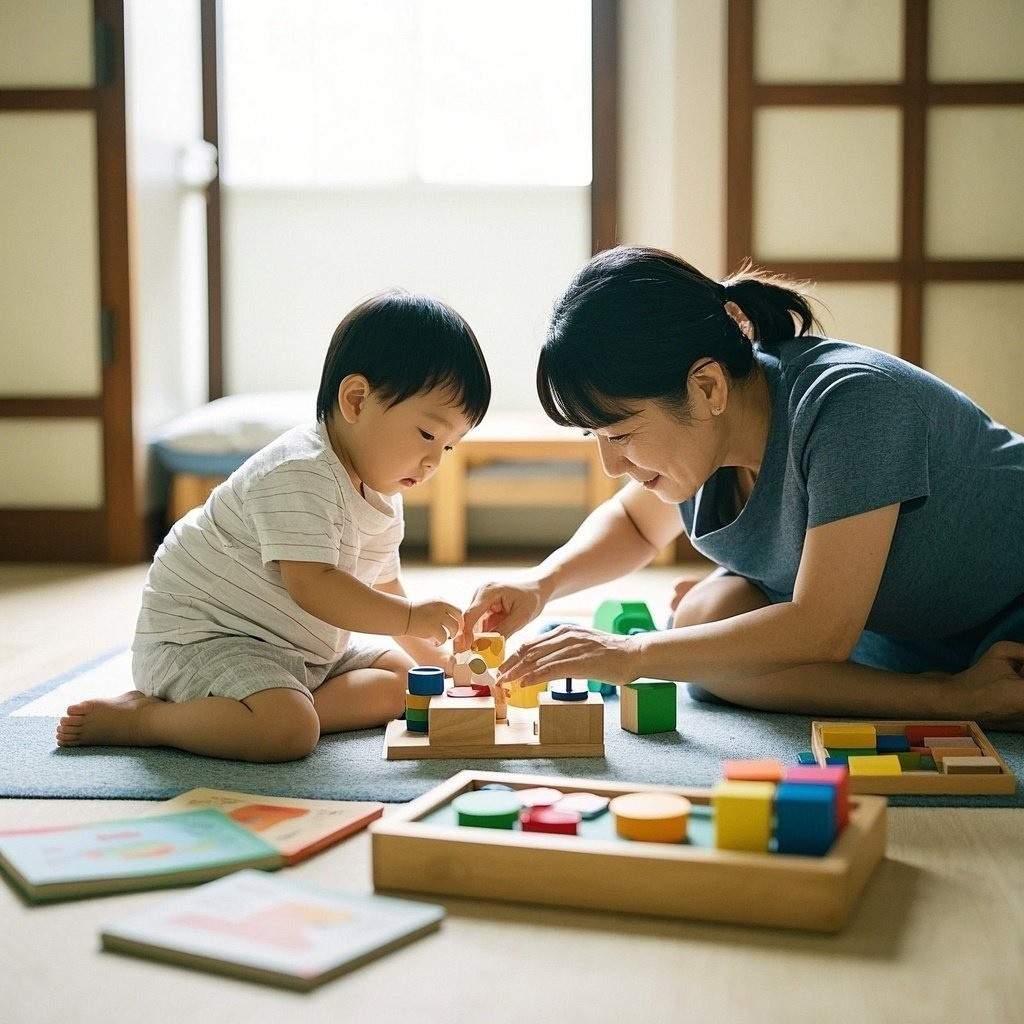Sensory play is an essential part of child development, especially for children with special needs. By engaging in sensory activities, kids can improve their motor skills, enhance sensory integration, and even experience calming effects, which can help them better manage their environment. Sensory play is a fantastic way to foster creativity, encourage exploration, and create a supportive atmosphere that helps children thrive. In this blog, we’ll explore the importance of sensory play for children with special needs, the benefits it brings, and practical sensory play ideas that can be easily integrated into daily life.
Understanding Sensory Play
Sensory play refers to activities that stimulate a child’s senses—sight, sound, touch, taste, and smell. For children with special needs, sensory play plays a crucial role in supporting sensory processing and development. Sensory processing disorder (SPD), autism, and ADHD are just a few conditions where sensory play can have a profound impact.
Sensory activities encourage kids to explore the world around them in a way that helps them understand and regulate their sensory experiences. By offering a variety of sensory activities, children can improve their ability to focus, calm down, and engage with their environment in a more meaningful way.
Sensory Play Ideas for Kids with Special Needs
Here are some sensory play ideas that engage different senses, from tactile activities to vestibular and proprioception exercises:
Tactile Activities
Tactile sensory activities are particularly beneficial for children with special needs because they help children explore the sense of touch and develop fine motor skills. Some ideas include:
- Sensory Bins: Fill a bin with rice, sand, or beads. Add small toys, spoons, or scoops for the child to explore. Sensory bins allow children to dig, pour, and feel various textures while encouraging curiosity and problem-solving skills.
- Playdough and Clay: These materials are great for squishing, rolling, and molding. Playdough encourages creativity, strengthens hand muscles, and provides calming sensory input.
- Textured Fabrics: Provide a selection of materials like velvet, cotton, or burlap. Have the child explore these textures with their hands or feet to experience different sensations and help with sensory integration.
Auditory Activities
Auditory sensory activities can help children develop their listening skills and regulate sound sensitivity. Here are some fun ways to engage children through sound:
- Musical Instruments: Instruments like tambourines, maracas, and xylophones can help children focus and improve their listening skills. These instruments also allow children to create different sounds and rhythms, which can be both engaging and soothing.
- Sound Jars: Fill jars with different objects like rice, beads, or buttons to create unique sound combinations. Shaking the jars allows children to explore how sound changes with different materials.
- Calming Sound Machines: If your child is sensitive to loud sounds, a sound machine that plays white noise or calming music can help create a soothing atmosphere.
Visual Activities
Visual play involves engaging children through sight and can help improve visual tracking and recognition skills. Some ideas include:
- Colorful Light Projectors: Light projectors with moving colors or patterns can captivate children and encourage visual engagement. This activity can help them focus their attention on moving visuals.
- Flashing Lights: Flashing or strobe lights can be used to capture a child’s attention and help with visual tracking, but they should be used carefully to avoid overstimulation.
- Visual Tracking Games: Use toys or objects that move, like balls or lights, to encourage children to track them with their eyes, improving their visual focus.
Olfactory (Smell) Activities
Smell can have a profound impact on emotional regulation. Here are some sensory activities that engage the sense of smell:
- Scented Playdough or Sensory Bins: Add essential oils or scented items like lavender, cinnamon, or citrus to sensory playdough or bins. This sensory experience can evoke different feelings and can be both fun and calming.
- Essential Oils or Diffusers: Diffusing calming scents like lavender or chamomile can help soothe a child who is overstimulated or anxious. Create a peaceful atmosphere that promotes relaxation.
Vestibular (Movement) Activities
Movement-based activities help children develop their sense of balance and spatial awareness. Here are some activities to try:
- Swinging or Rocking Activities: Swinging, rocking chairs, or other movement-based play can help children regulate their vestibular sense. These activities can be calming or energizing, depending on the child’s needs.
- Balance Boards and Jumping: Use balance boards or trampolines for jumping, helping children with balance and coordination. These activities are perfect for releasing energy and improving motor skills.
- Spinning Chairs: Spinning in a chair or using a spinning toy can help children experience movement in a controlled way, providing vestibular input and stimulating their sense of balance.
Proprioception (Body Awareness) Activities
Proprioceptive activities help children become more aware of their bodies and improve coordination. Here are some effective exercises:
- Bear Crawls and Heavy Work: Activities like crawling, pushing heavy objects, or jumping on large exercise balls provide proprioceptive input. These activities help children with body awareness and motor coordination.
- Obstacle Courses: Set up an obstacle course using cushions, tunnels, and other soft materials. This can help children navigate their space while practicing balance and coordination.
- Weighted Blankets or Vests: For children who need calming pressure, weighted blankets or vests can provide deep pressure input that helps them feel grounded and secure.
Adapting Sensory Play for Different Needs
Every child is unique, and it’s essential to adapt sensory activities based on their individual needs. Here’s how to tailor sensory play:
- Adjust the Intensity of Stimuli: Some children may be sensitive to loud noises, bright lights, or intense textures. Gradually increase the intensity of stimuli to match the child’s tolerance level.
- Use Adaptive Tools: If a child is particularly sensitive, tools like noise-canceling headphones, soft lighting, or weighted toys can help manage overstimulation.
- Create Calm Spaces: For children who become overwhelmed easily, create a calm and safe sensory space where they can retreat to if needed. A quiet room with soft lighting and calming scents can help them recharge.
Tips for Successful Sensory Play
To ensure the best experience with sensory play, consider the following tips:
- Consistency: Incorporate sensory play into your child’s routine. Consistent activities help with sensory integration and development.
- Safety First: Always supervise children during sensory activities, especially with materials like small objects or liquids.
- Allow Breaks: Sensory play can be stimulating, so allow your child to take breaks when needed.
- Child-Led Exploration: Let children lead their sensory play. This gives them autonomy and allows them to explore at their own pace.
Conclusion
Sensory play is more than just fun—it’s a vital part of a child’s development, especially for children with special needs. By incorporating these sensory activities into daily life, children can improve motor skills, sensory processing, and emotional regulation. By providing a variety of sensory-rich activities, parents and caregivers can help children with special needs thrive in a supportive, stimulating environment.





